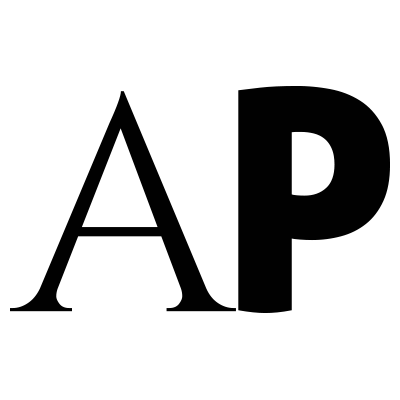Not often does a reviewer review a poet’s first book, particularly when that poet is not an acquaintance or part of the reviewer’s writing community. But when that poet has been publishing their work in Canadian literary magazines since the 1970s and has published a number of small-circulation chapbooks, the reviewer has to wonder whether they have an Emily Dickinson on their hands. So it is with Jack Hannan and his first book Some Frames (there is some dispute about whether this is a first book, as an earlier, sizable ‘chapbook’ with an ISBN had raised controversy). In a note at the start of the work, Hannan informs us of the reasons why he is so late in getting this book out: the first is that he is “not such a prolific writer,” that he “always liked chapbooks” and that he “stopped writing for twenty years in 1984.” Intriguing! Beguiling!
While a guest on Speaking of Poets (CKUW 95.9 FM Winnipeg), he explained that he had stopped hearing his poetic muse, and so began writing fiction. Some Frames opens with “All Those Moons” where, due to lack of periods or capital letters, one poem becomes many, depending on where your reading stops and how often you reread the poem—something you are tempted to do even before you’ve reached the end. Hannan asks “Who put all those moons up there / and then made your foot twitch like that / when you’re bored, sometimes / days are as populous as cities,” to which a group of children respond “that’s not the real moon.” This tendency toward collage is Hannan’s dominant style. In the title poem, one of the longest in the collection, Hannan telegraphs the punch of the impending collage: “There are five frames, negatives, with a bird / in the fourth frame, from the left, the way the eye reads.” The following passage is from the fourth stanza:
Curling slivers of coloured plastic, turning the way worms turn the earth inside our wordy hearts, friends will begin again, out into the negative light of morning, slivers, the skin of an orange in twisty arcane pieces, looking for ways to start again.This is Hannan at his best. There are times, however, when you ask yourself whether he’s attempting to mix levels of language or whether he’s just slipped into a prose rhythm inadvertently. The last few lines of “Untitled art advertisement #39,” for example, move from the specific to the meditative and back: “there’s a sculpture by Barnett Newman, called The Broken Obelisk, / anyway, this is another nice place to be alone / if ever you feel you’d like to be alone in Houston, Texas.” This could be viewed as a satire of the pomposity of the world of art connoisseurs or of the art gallery brochure. Oh, about that twenty-year lapse, Hannan has completed his novel and is looking for a publisher. And he’s not an Emily Dickinson, but a Jack Hannan, and that’s good enough.
John Herbert Cunningham, a Winnipeg writer, is host of Speaking of Poets, has recently had a poem published in Branch and has also had a couple of poems set to the classical guitar of Rizard Tyborowski. He is in the process of writing two plays and a novel.
Subscribe to Arc: Poetry at its best.

